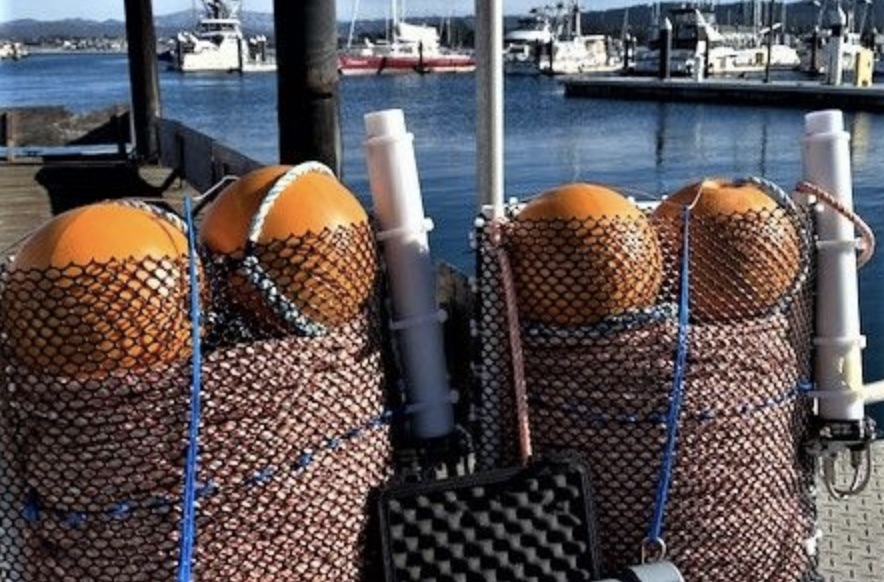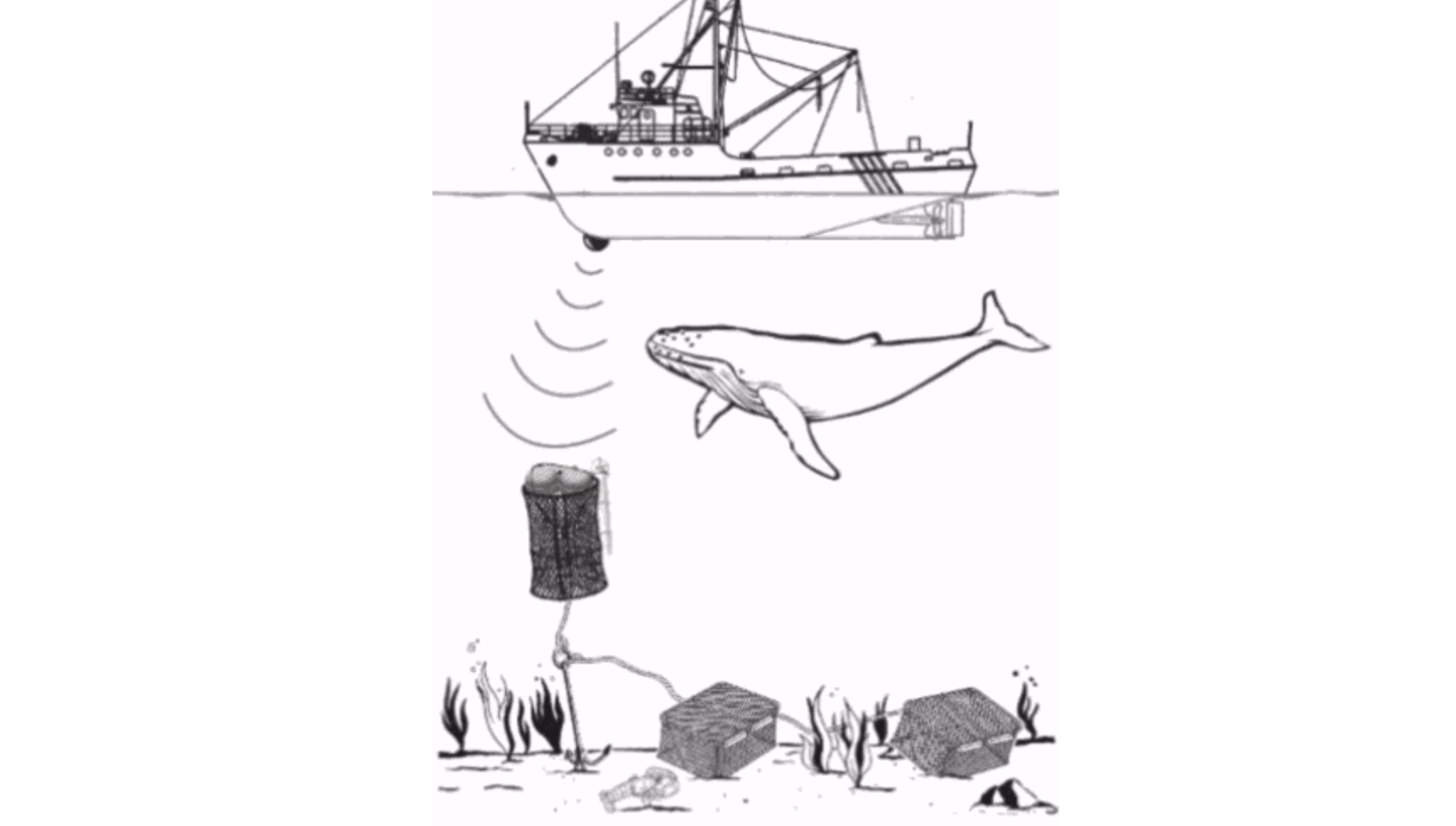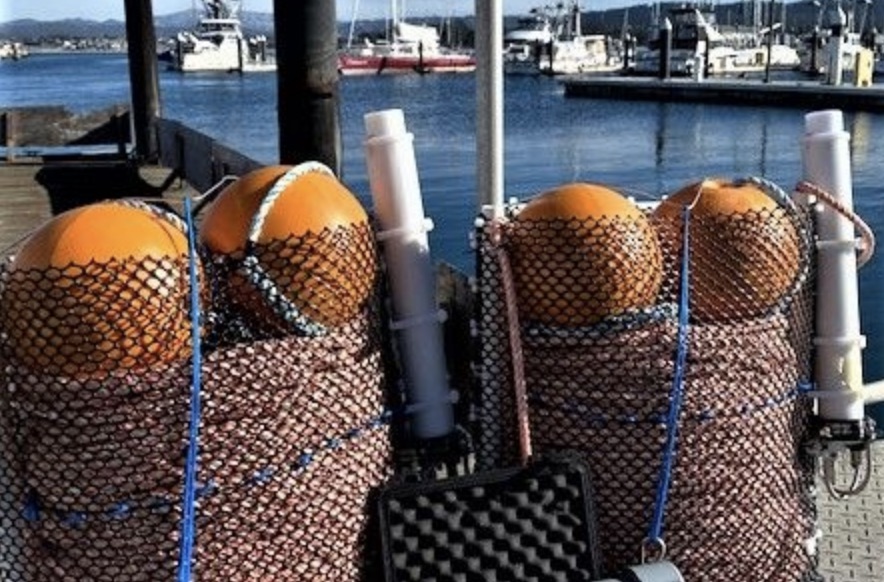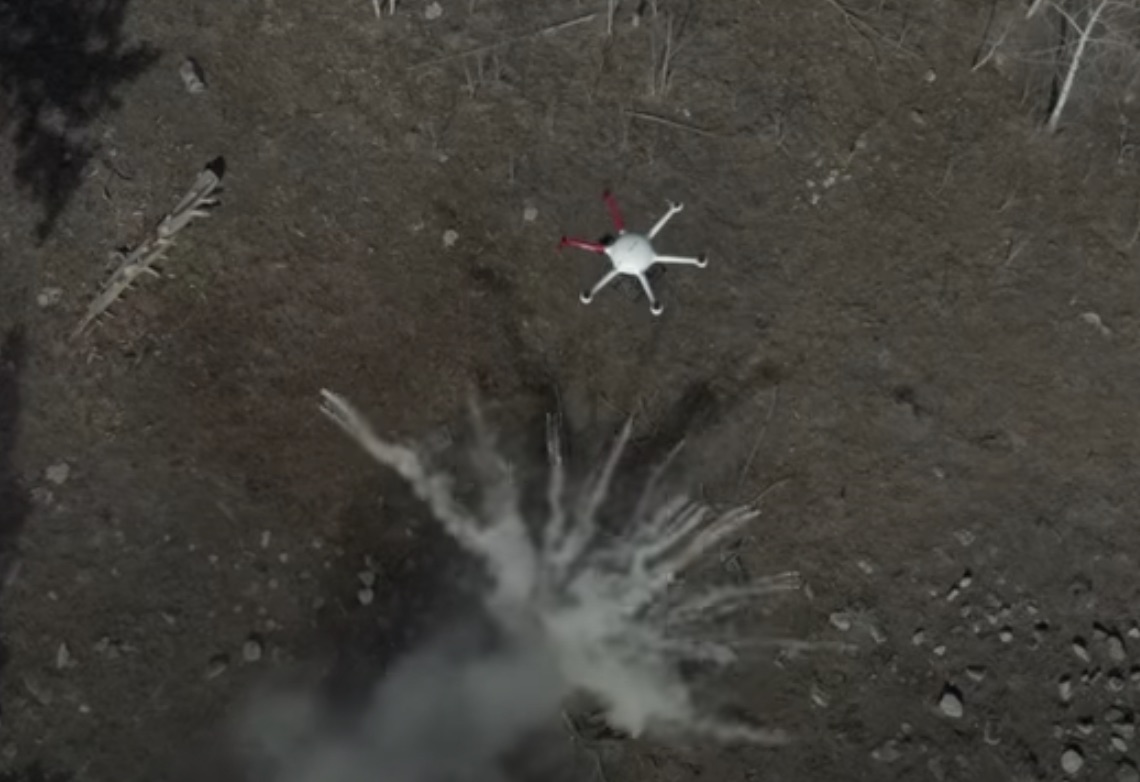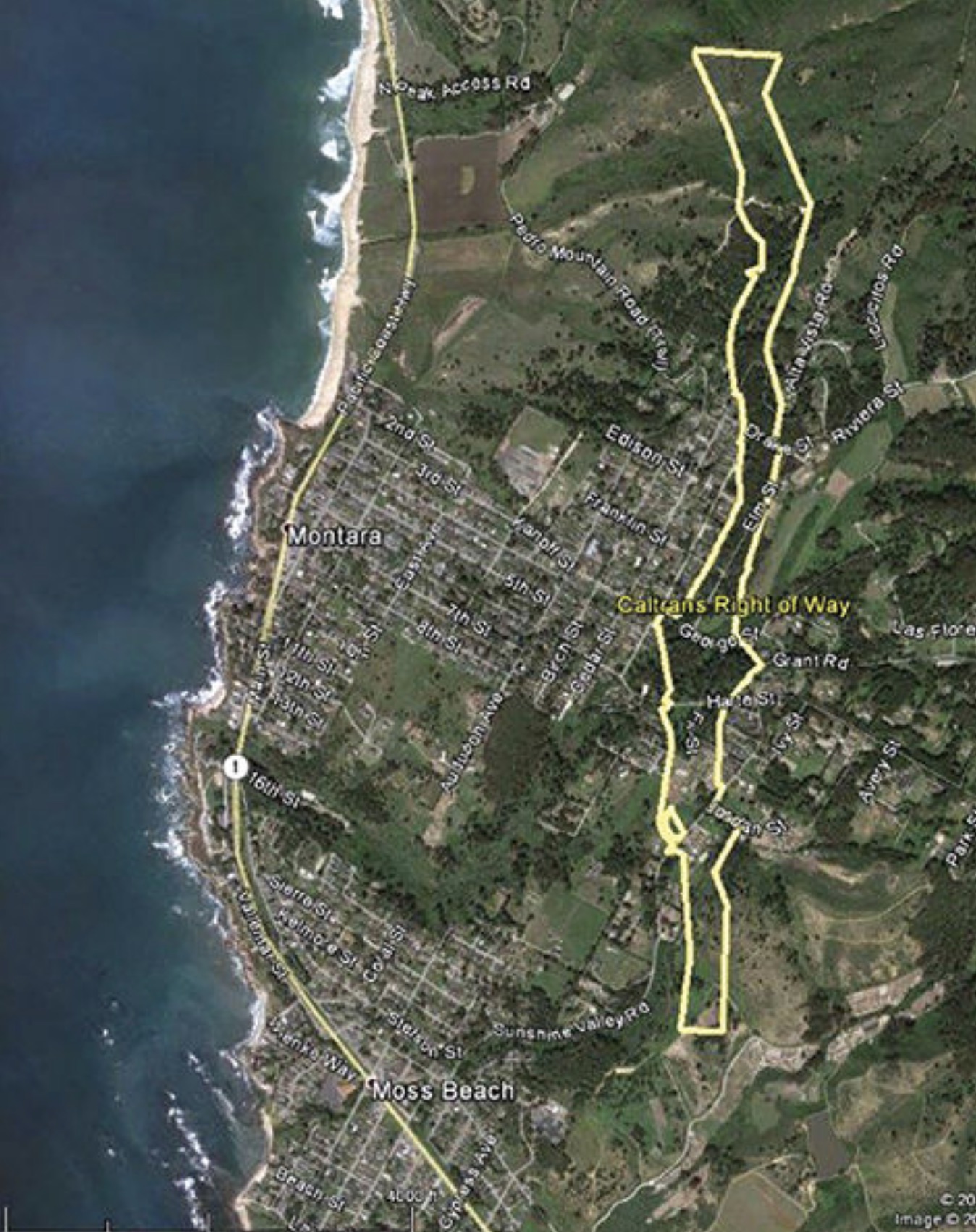|
Getting your Trinity Audio player ready...
|
PRESS RELEASE. From the Department of Fish and Game, National Marine Sanctuary Foundation and Ocean Protection Council.
Attention CA Dungeness Crab Fishermen: Cooperative Research Opportunity
If you are interested in participating or for more information on the project, please contact Greg Wells at gwells@marinesanctuary.org or (949) 630-6951.
For more information about the project please visit the National Marine Sanctuary Foundation’s project webpage.
Gear Innovations Testing and Validation in the Commercial Dungeness Crab Fishery Project Overview
The National Marine Sanctuary Foundation, in collaboration with the California Ocean Protection Council (OPC) and California Department of Fish and Wildlife (CDFW), is testing gear innovations in the commercial Dungeness crab fishery designed to mitigate the risk of whale and marine life entanglements, and support a thriving fishery. Scientists at the National Oceanic and Atmospheric Administration (NOAA Fisheries) and the California Dungeness Crab Fishing Gear Working Group (Working Group) are also advising on the project.
The objective of this project is to trial gear innovations and modifications under real-world fishing conditions over an extended period in partnership with commercial Dungeness crab fishermen. The project will trial multiple pop-up fishing technologies, as well as Novabraid “South Shore” sleeves, with a focus on the reliability and retrievability of the gear.
Specifically, the data obtained will help us answer: (1) can fishermen deploy and retrieve gear using their existing set up (e.g., standard traps, hydraulics, etc.) or with minor modifications, (2) whether gear retrieval is reliable in a variety of sea conditions and depths, and (3) specific to sleeves, how long they last before showing signs of fatigue and/or breakage.
Results from this project will help inform the research and development of innovative gear types which may later be approved by CDFW for use during periods of elevated entanglement risk. The gear trials are expected to begin in late 2021 and wrap up in late spring 2022. The exact start and end dates will depend on when training is completed as well as the end of the commercial Dungeness crab season in each management area.
What gear will be tested?
The following gear types will be trialed based upon recommendations from the Working Group, previous gear demonstrations in September 2019, and the availability of manufactured prototypes and budget.
○ Longsoaker (galvanic timed release pop-up buoy)
○ Desert Star (on-demand acoustic pop-up buoy) <<<<<<<<
○ Fiomarine (on-demand acoustic pop-up buoy)
○ Edgetech (on-demand acoustic pop-up buoy)
○ Novabraid (South Shore breakaway sleeves)
How can fishermen participate?
Fishermen are needed who can provide expertise and feedback on the usability and reliability of the gear types under real-world fishing conditions. Participation will be based on established plans for data collection and reporting, which will guide the testing.
The project aims to recruit 5 vessels to trial pop-up gear and 10 to trial South Shore sleeves during the open fishing season (target testing window is November 2021 to May 2022). Participating vessels will receive a stipend to support their participation in the project.
Training will be offered on the project’s study design, data collection protocols and reporting, as well as the use and maintenance of the fishing systems. Fishermen trialing pop-up systems will be provided with experimental fishing gear. Fishermen trialing South Shore sleeves will be provided experimental sleeved lines, with the option to keep the rope and sleeves at the conclusion of testing. Virtual training and/or smaller one-on-one meetings will be considered if restrictions from COVID-19 present challenges to in-person gatherings.
How will the trials be carried out?
Participants will trial two pop-up gear systems (one at a time) or South Shore sleeves with the flexibility to choose their specific testing period during the open fishing season (target testing period is November 2021 to May 2022). Each fisherman will be requested to achieve a certain number of deployments and retrievals per unit, and may finish their trialing of a gear type in a shorter time period.
All trials will include a set of controls, i.e. traditional pots that will be deployed/retrieved in conjunction with experimental gear deployments/retrievals. Each pop-up system will have a traditional buoy line to provide a backup in case of retrieval failure and to facilitate safe testing.
What information will be collected and reported?
Fishermen will collect data on each deployment and retrieval and provide an evaluation of each system after testing. Data collected will include date, time and location of deployments and retrievals, retrieval success or failure, factors thought to affect gear performance, and sea state and weather conditions. CDFW Marine Region, OPC and Foundation staff may request to ride along to observe and/or participate in data collection.
The Foundation will oversee data collection, input, security, and analysis during and after each trial. Project status reports and final reports with data summaries will be made publicly available on OPC’s website.
For more information or questions regarding gear innovations testing in the Dungeness crab fishery visit https://marinesanctuary.org/gear-innovation or contact the Foundation’s Gear Innovations Manager, Greg Wells, by phone (949) 630-6951 or email gwells@marinesanctuary.org.
Last Updated: October 2021
Could Ropeless Crabbing Technology Help Pillar Point Harbor Fisheries Crab While Avoiding Whale Entanglements?
PRESS RELEASE. From the Center of Biodiversity
For Immediate Release, December 9, 2021
Contact: Kristen Monsell, (510) 844-7137, kmonsell@biologicaldiversity.org
Kristen Monsell, (510) 844-7137, kmonsell@biologicaldiversity.org
Legal Petition Seeks Federal Ropeless Rule to Save Whales, Turtles From Fishing Gear
New Pop-Up Traps Could Prevent Deadly Entanglements
Related Information:
WASHINGTON— Entanglement in fishing gear has become a leading threat to endangered whales and sea turtles on all U.S. coastlines. So the Center for Biological Diversity formally petitioned the National Marine Fisheries Service today to require crab, lobster and other trap fisheries to convert to new ropeless or “pop-up” gear within the next five years. The petition requests that the agency prioritize the transition in national marine sanctuaries.
 In 2018 alone more than 100 large whales — including critically endangered North Atlantic right whales and Pacific humpback whales — were reported entangled in fishing gear in the United States. This is likely only a fraction of the actual number of animals of all kinds seriously injured or die in fishing gear, since most entanglements go unobserved.
In 2018 alone more than 100 large whales — including critically endangered North Atlantic right whales and Pacific humpback whales — were reported entangled in fishing gear in the United States. This is likely only a fraction of the actual number of animals of all kinds seriously injured or die in fishing gear, since most entanglements go unobserved.
“Federal officials can save whales and sea turtles from deadly entanglements by requiring the conversion to ropeless fishing gear,” said Kristen Monsell, oceans legal director at the Center. “Way too many whales have been caught and killed in recent years. Crab and lobster fishers are still using 19th century technologies despite new alternatives that could eliminate entanglements in buoy lines. But change isn’t going to happen on its own, so our petition seeks a deadline to convert to ropeless gear.”
Today’s petition notes that while cost and other factors have hampered the widespread adoption of ropeless gear, a legal requirement to use such gear will further technological developments and investments that bring down the cost.
The proposed change would protect whales and other animals from entanglements in California’s Dungeness crab fishery, New England’s lobster fishery, the stone crab fishery in the Gulf of Mexico, and others.
Most entanglements have occurred in trap fisheries that use heavy vertical ropes connecting a surface buoy to traps on the seafloor. Those ropes get caught on whales’ mouths, fins or tails and cinch down as they drag the heavy traps, sapping their strength and eventually drowning them.
Pop-up traps use lift bags or buoys on coiled ropes triggered by remote or time-release sensors to float the traps to the surface, eliminating those static vertical lines. Ropeless gear has been tested and used in the United States, Canada and Australia. The Fisheries Service has called it “game changing” and “a future solution to whale entanglement.”
As climate change has altered ocean conditions, there have been an increasing number of entanglements in nearly all regions. Warming waters, for example, can shift the distribution of prey, forcing whales to look for food in areas that increase the overlap between the animals and fishing gear.
The Center has sued state and federal agencies for allowing entanglements of endangered whales and sea turtles. Each of these entanglements violates the Endangered Species Act.
The Center’s 2017 lawsuit against the California Department of Fish and Wildlife led state officials to adopt new regulations on the state’s commercial Dungeness crab fishery to prevent entanglements. And its 2018 lawsuit against the Fisheries Service led to new rules to protect North Atlantic right whales from entanglement in lobster gear. But those regulations still allow far too many entanglements to occur.
Historical whaling and sea turtle harvest wreaked havoc on these enormous animals’ populations. Despite 50 years of protection under federal law, still-diminished populations constrain ocean ecosystems that once thrived with nutrients available from whale poop. Whales also sequester carbon. The International Monetary Fund valued a large whale’s carbon uptake at $2 million over its lifetime.
“Whales, sea turtles and other animals shouldn’t have to suffer and die from entanglements,” Monsell said. “Not when there’s a technological fix. Ropeless fishing gear promises to help whales and fisheries by making a more productive ocean.”
How does traditional fishing gear work? Image is available for media use.

The Center for Biological Diversity is a national, nonprofit conservation organization with more than 1.7 million members and online activists dedicated to the protection of endangered species and wild places
Ropeless Fishing Is Underway In California Beginning 2021
From Desert Star Systems
The California Department of Fish and Wildlife has approved the use of alternative gear for ropeless fishing using pop-up buoys on demand. This upcoming fishing season for Dungeness Crab there will be commercial harvesters using ropeless gear to continue fishing in a safe way for both migrating whales and the fishermen themselves.

A WIN-WIN Situation
With ropeless gear, California is set to join other fishing grounds that have experienced zero whale entanglements using ropeless technology. Fishing operators will also receive the added benefits from fishing a more full season, safety from catch-theft, and a reduction in gear loss due to inclement weather or ship strikes.
Less gear loss, greater catch protection, increased fishing season, and ZERO whale entanglements. That’s my new definition of a WIN-WIN situation heading into the 2021 fishing season!
Ropeless Consortium Annual Meeting
Brought to you by Ropeless.org, part of Woods Hole Oceanographic Institution
October, 2021
A weekly newsletter series meant to engage fishers in a discussion about ropeless fishing. Each week a new topic is sent out and discussed over breakfast. Discover a new way to fish with bottom stowed rope and pop-up buoys on demand.
A Complete Ropeless Fishing System
Commercial Use Since 2012.
The only tried and true Ropeless Fishing System using pop-up buoys on demand. Featuring a robust, yet adaptable and reliable design for every fisherman around the globe.
Featuring Two Ropeless Fishing Systems: Ropeless Fisher Offshore™ & Ropeless Fisher Coastal™

View the brochure
Take a look at how Ropeless Fisher™ works, its various components, common concerns/questions and much more. In this brochure, you can look forward to a complete guide to understanding the fundamental aspects and developments of Ropeless Fisher™.
VIEW Brochure ONLINE
Components

Acoustic Release
The release mechanism which sits on the side of a release bag. Trigger a release remotely via a sonar transducer. The ARC release mechanism triggers and releases within fractions of a second and is re-armed in less than one minute.

Release Bag
Create your own or buy a kit. This hard oyster mesh bag holds coiled rope and buoys until the ARC is triggered for a release. Upon the triggering event, the release cord will give way and positive buoyancy from the hard floats will cause the bag to open.

Virtual Gear Marking
The Ropeless Fisher App™ allows for free virtual gear marking to avoid gear overlay. A fisher simply presses a button and the app logs GPS coordinates. You can also set a “visibility radius”, if someone is outside of it, they cannot see your gear locations.
Testimonials
More on Whale Entanglement on Coastside Buzz


